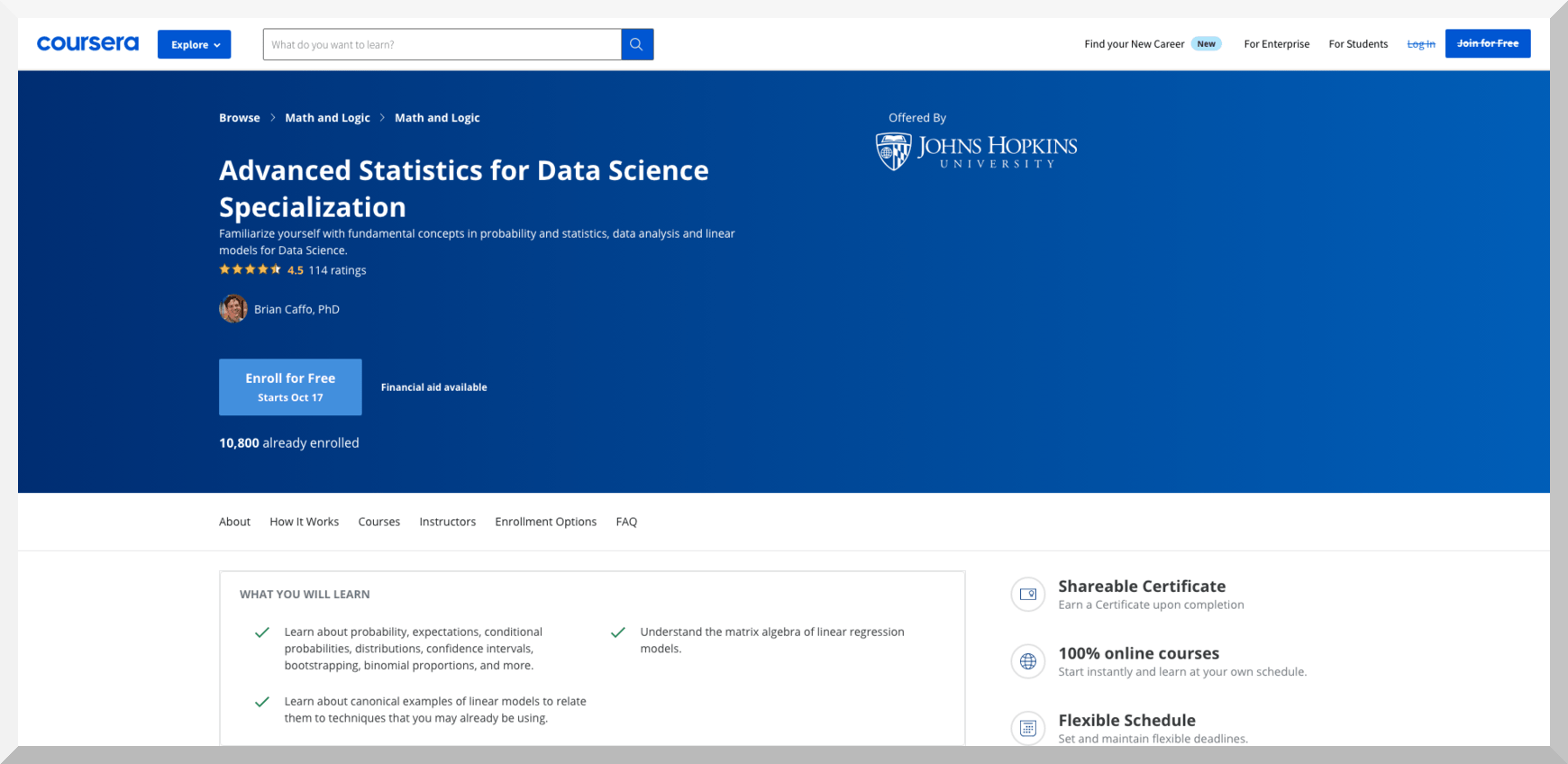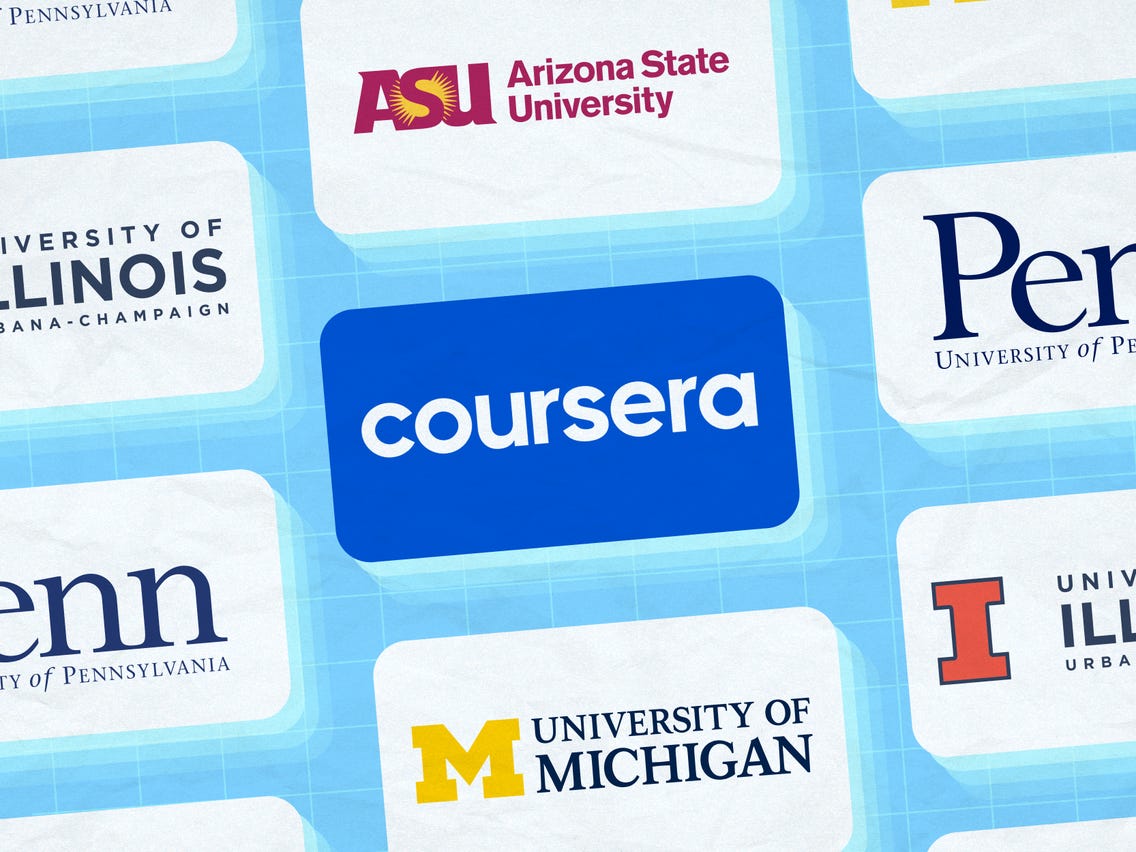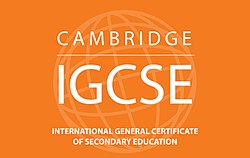
Statistics courses teach students how to interpret statistics and how to apply this knowledge to solve problems. Students will learn how to interpret media data and research data. They also develop critical thinking about how data are collected and modified. This is a basic knowledge for students in a variety of science and engineering disciplines. Students studying medicine or biology, for example, can use statistics in solving problems related to their subject areas. In a business setting, statistics helps students to understand business economics and business strategies.
Students learn to interpret results from statistical procedures in addition to the basic knowledge. This skill is important for students in business and law. This skill can also be used as a foundation to further study or professional work in the area.
Students present their semester projects to their peers and the instructor. Students are required to demonstrate how they have used statistical techniques on real data. The instructors will evaluate the projects and the performance of students at the midterm and final exams. The students are assessed on their professional competence, attitudes, and mathematics-based subjects.

Three key features of the redesign for Statistics course are a collection of solved cases, detailed tests, as well as minute papers. The redesign is based on information obtained from the survey of course graduates, as well as from the experience of online teaching during the COVID-19 pandemic. It also reflects the requirements of stakeholders.
The redesign of Statistics course aims to strengthen the active learning elements. It includes a collection of solved examples, detailed tests, minute papers, and short videos. These elements encourage students to work in creative ways and solve problems. These elements help to develop soft skills. There are many other changes to the redesign, including the addition of a semester assignment that is based on real-world examples.
The redesign of Statistics course is meant to inspire students to become more involved in class. Teachers should not only use active-learning methods but also give students enough time to complete the redesign. They should also consider the views of course graduates as well the needs of stakeholders.
Statistics course teachers started looking for ways to communicate and collaborate with students, in addition to the active learning component. They discovered that many students are low in self-confidence, and they tend to be passive during classes. By providing students with ways to communicate with the teacher, they were able to motivate students to participate more. This also led to more prepared students.

In addition to using active learning techniques, Statistics course teachers introduced a reflective learning journal. The journal gave students a way to deal with stress and anxiety. It also helped students to think about their performance and how they could improve. The tutorial was sent via email to students.
Students in many Bachelor's program require statistics courses. These courses will give you a solid understanding of statistics and help you prepare for your professional studies in psychology, biology, or law. Students will learn how to use a spreadsheet and perform calculations. They learn how research data can be interpreted from various media, technology, and other sources.
FAQ
How much does homeschooling cost?
There are no set fees for homeschooling. Some families charge between $0-$20 per lesson. Other families offer free services.
Homeschooling takes dedication and commitment. Parents must make time for their children.
They also need to have access book, supplies, books, and other learning resources. To supplement their education, homeschoolers may need to use community programs and events.
Parents must think about the cost of transport, tutoring, and other extracurricular activities.
Homeschoolers must also plan ahead to take part in field trips, vacations, or special occasions.
What is an alternative school?
The idea behind an alternative school is to offer students with learning difficulties access to education by providing them with support from qualified teachers who understand their individual needs.
Alternative schools provide special education opportunities for children with special needs.
Additional support is available if needed.
Alternative schools aren't just for those who were excluded from mainstream school.
They are open to all children regardless of ability or disability.
What is the difference in school and college?
Schools are usually divided into classes (or grades), with a teacher who is responsible for teaching a specific class. Colleges are bigger organizations that offer more specialized courses and may include university-level courses. The majority of schools focus on core subjects, while colleges offer more specialized programs. The curriculum at both levels is intended to prepare students to study at higher levels.
Statistics
- Data from the Department of Education reveal that, among 2008 college graduates, 92.8 percent of humanities majors have voted at least once since finishing school. (bostonreview.net)
- Globally, in 2008, around 89% of children aged six to twelve were enrolled in primary education, and this proportion was rising. (en.wikipedia.org)
- Think of the rhetorical power of nineteenth-century abolitionist Harriet Beecher Stowe, Martin Luther King, Jr., or Occupy Wall Street activists with their rallying cry of “we are the 99 percent.” (bostonreview.net)
- These institutions can vary according to different contexts.[83] (en.wikipedia.org)
- In most developed countries, a high proportion of the population (up to 50%) now enters higher education at some time in their lives. (en.wikipedia.org)
External Links
How To
Where can I find out more about becoming a teacher?
Teachers are available in public elementary schools and private elementary schools.
A bachelor's degree at one of the following institutions is necessary to become a teacher.
-
A four-year university or college
-
A program for associate's degrees
-
There are some two-year community colleges programs
-
A combination of these three types of programs
To be eligible for teacher certification, applicants must satisfy state requirements. These requirements include passing standardized exams and completing a probationary work experience.
Many states require applicants to pass the Praxis II test. This test tests the candidate's comprehension of reading, writing and mathematics as well as their language arts skills.
Many states also require candidates to obtain a specialized license before being certified to teach.
These licenses are issued by the states' boards of education.
Some states grant licenses without requiring any additional testing. In such cases, applicants should contact their state's board for education to find out if it is possible.
Some states will not issue licenses to applicants who have not completed a master's program.
Others allow students to apply directly for licensure to the state board.
The cost of licenses varies widely depending on their duration and the required coursework.
Some states only require a high school diploma while others require a bachelor’s degree.
Some states may require training in particular areas such as literacy or child developmental.
Some states require that applicants have a master’s degree to become licensed.
Many states require teachers to provide information about their previous jobs when applying for certification.
You might mention that you have worked in another field on your application.
However, states are more than willing to accept previous work experience, regardless of the type of job.
Perhaps you would like to include your past job title, post, and years in service.
This information is often helpful to potential employers.
It shows them that you have relevant skills and experiences.
Working can give you new skills and valuable experience.
Employers can see this in your resume.